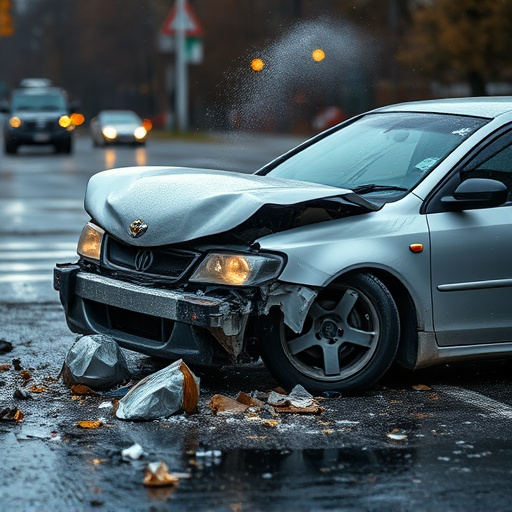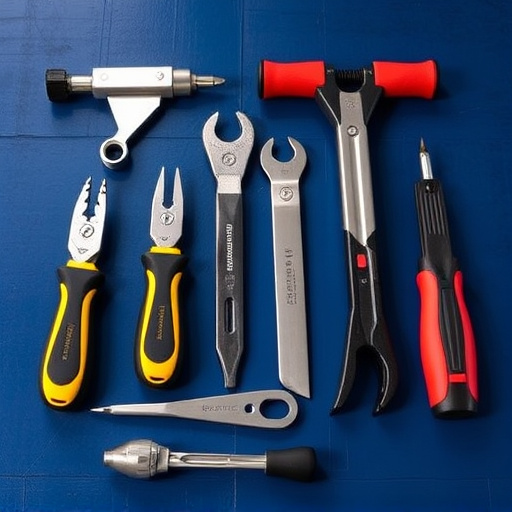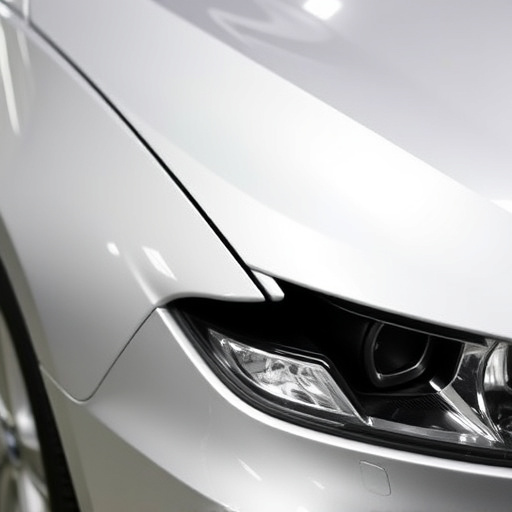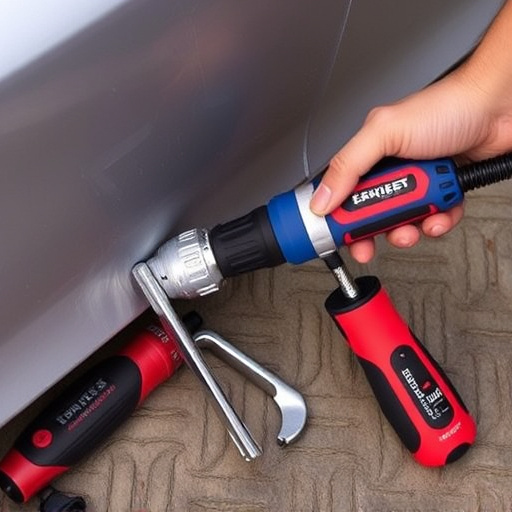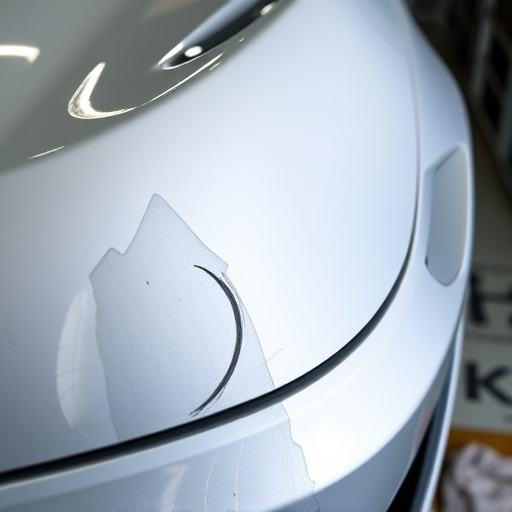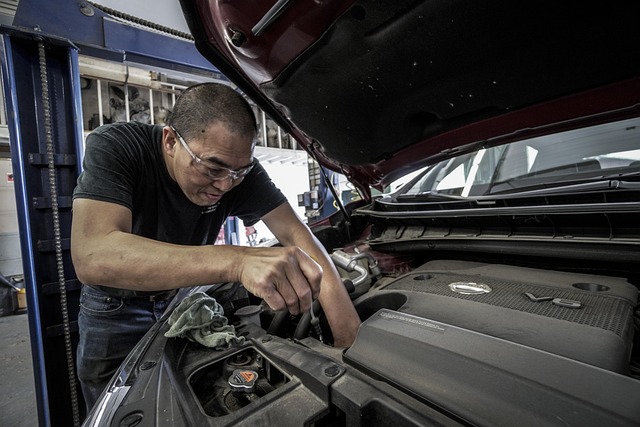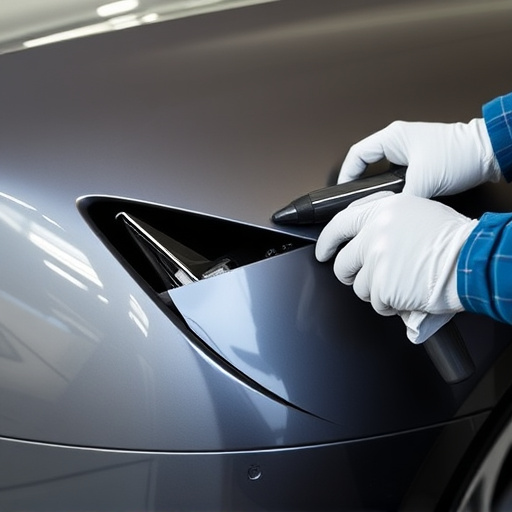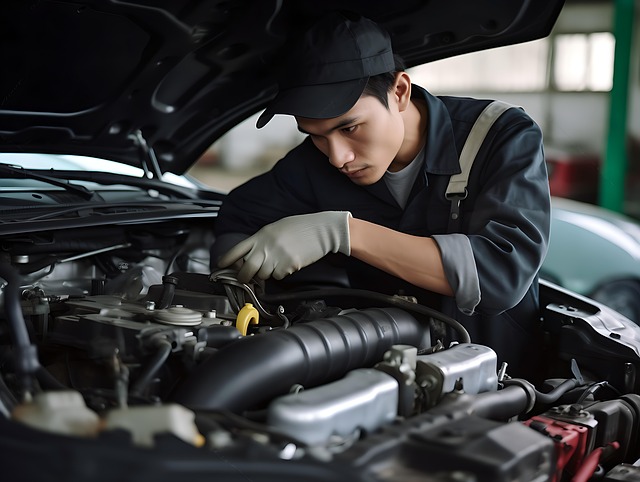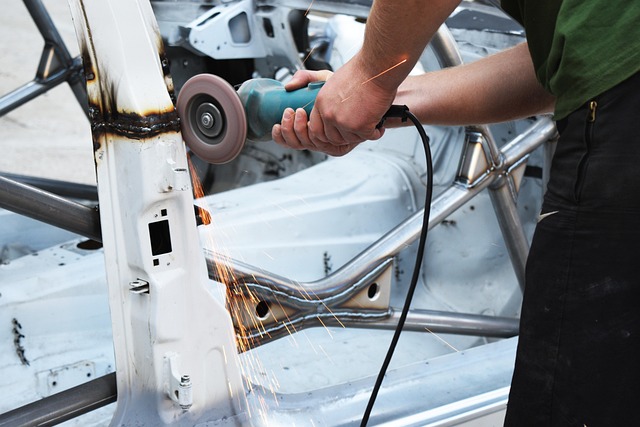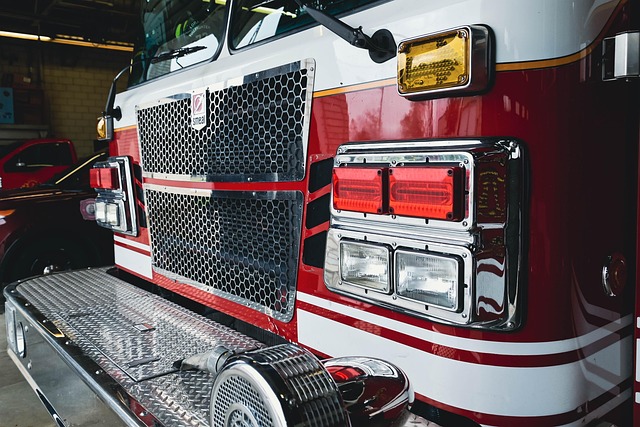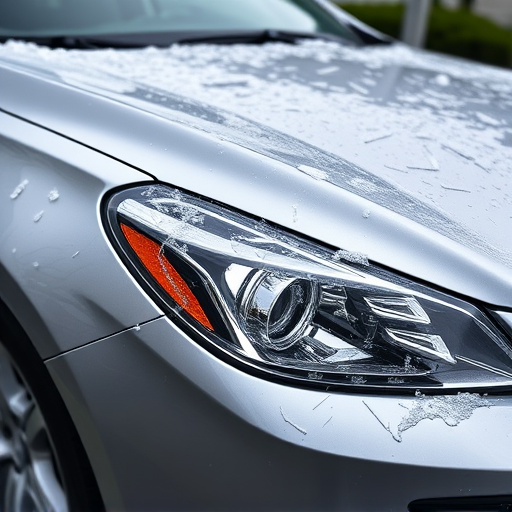The Tesla airbag system, vital for passenger safety, requires immediate attention if a warning light appears. Common issues include sensor malfunctions, inflator problems, or simple battery connections errors. Ignoring these warnings can compromise safety in a collision. Repair should be done by a specialized Tesla body shop using advanced tools and expertise to diagnose and fix complex airbag system problems, ensuring all occupants' protection.
Tesla vehicles are renowned for their cutting-edge technology, including advanced airbags designed for maximum passenger safety. However, issues with the airbag warning light can cause concern. This comprehensive guide delves into the intricacies of Tesla’s airbag system and provides a step-by-step approach to repairing common warning light problems. Understanding the underlying causes, such as sensor malfunctions or software glitches, is key to effective troubleshooting. With this guide, Tesla owners can confidently navigate and resolve airbag system repairs.
- Understanding Tesla's Airbag System and Warning Lights
- Diagnosing the Issue: Common Causes of Airbag Warning Light Activation
- Step-by-Step Guide to Repairing Your Tesla's Airbag System
Understanding Tesla's Airbag System and Warning Lights
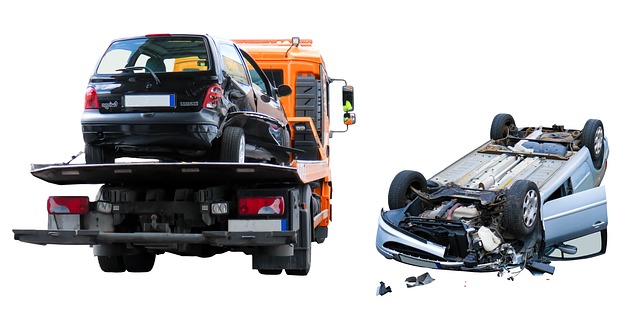
The Tesla airbag system is a complex network designed to protect passengers in the event of a collision. This advanced safety feature incorporates multiple airbags, sensors, and control modules working harmoniously to detect and respond to accidents swiftly. Warning lights associated with this system serve as indicators for potential issues, alerting drivers to take immediate action. When a Tesla’s airbag warning light illuminates, it signals a problem within the intricate airbag network, prompting owners to seek expert intervention.
Understanding these warning lights is crucial for maintaining optimal vehicle safety. Common causes include sensor malfunctions, inflator issues, or even a simple battery connection problem. Ignoring the warning can lead to compromised safety during an actual collision. Therefore, it’s recommended to consult a trusted auto repair shop specializing in Tesla body shop services to diagnose and rectify the issue promptly. Prompt action ensures that should an accident occur, the airbag system functions as designed, providing maximum protection for all occupants.
Diagnosing the Issue: Common Causes of Airbag Warning Light Activation
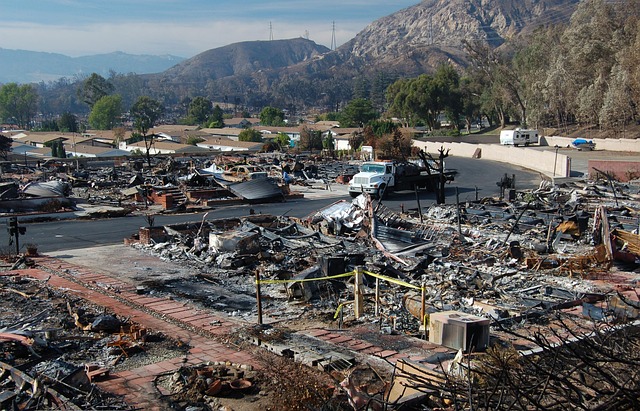
Diagnosing the issue behind a Tesla airbag warning light is crucial for ensuring passenger safety and avoiding unnecessary repairs. Common causes range from minor issues like a loose or corrupted sensor to more complex problems such as inflator mechanism malfunctions or even damage to the car’s structure during an accident, which might require a professional Tesla airbag system repair. Sensitivity and integrity in these components are paramount; even minimal debris or misalignment can trigger the warning light.
When the airbag warning light comes on, it could signal a need for auto body services beyond what a typical auto repair shop offers. This is because the Tesla airbag system is intricately integrated into the vehicle’s structure and electronics. Professionals equipped with specialized tools and knowledge are best suited to diagnose and address these issues, whether they stem from sensor malfunctions, electrical problems, or even car body restoration needed after an accident.
Step-by-Step Guide to Repairing Your Tesla's Airbag System

Repairing your Tesla’s airbag system involves a meticulous process designed to ensure passenger safety. Here’s a step-by-step guide for DIY enthusiasts or those seeking guidance from a trusted collision repair service.
1. Diagnose the Issue: Start by identifying the problem. A flashing warning light could indicate a faulty sensor, inflated or deployed airbag, or a disconnected wire. Utilize your Tesla’s diagnostic tools to pinpoint the exact issue, similar to how a body shop technician would assess damage during an inspection.
2. Safety First: Airbags are potent safety features, so safety should be paramount. Disconnect the battery to prevent accidental deployment while you work. This step is crucial, as it protects both you and your vehicle from potential harm, mirroring the meticulous vehicle paint repair processes that prioritize precision and safety.
3. Isolate the Faulty Component: Once powered down, visually inspect all airbag components. Check for damaged or frayed wires, disconnected sensors, or any visible signs of wear. This careful examination resembles a thorough check-up in a body shop service to identify the root cause.
4. Replace or Repair: Depending on the issue, replace faulty parts or repair them if possible. Wires and sensors can often be reattached, while airbag modules might need replacement. Ensure all components are correctly calibrated for optimal performance, akin to how a skilled technician would fine-tune repairs in a collision repair service.
5. Reassemble and Test: After repairs, meticulously reassemble the system, double-checking connections. Then, conduct a test sequence to verify proper function. This step is key to ensuring your Tesla’s airbag system operates effectively when it matters most.
If your Tesla’s airbag warning light is illuminated, don’t panic. This comprehensive guide has walked you through understanding your vehicle’s airbag system and common issues, as well as a step-by-step process for repairing it yourself. By following these steps, you can effectively diagnose and address the problem, ensuring your peace of mind and the safety of your Tesla. Remember, proper airbag system maintenance is crucial for your well-being on the road, so don’t hesitate to take action when needed. For any complex cases, consider seeking professional assistance from a specialized Tesla repair service.
